by Alan K. Lee
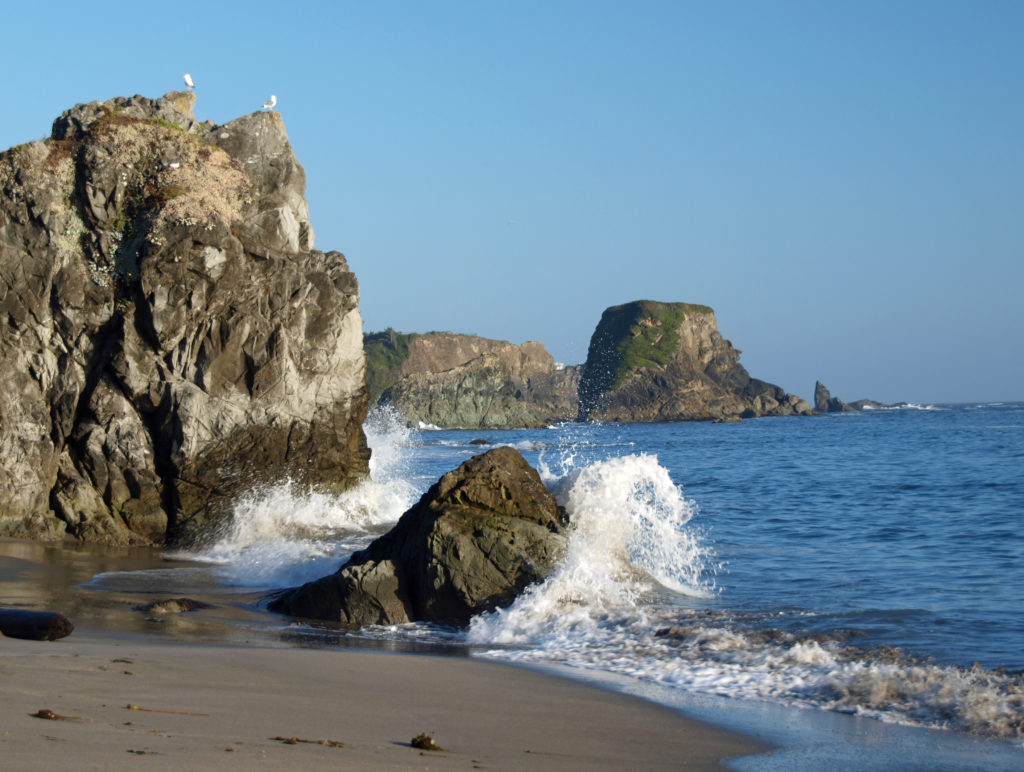
The Oregon coast is renowned for its beautiful beaches and dramatic headlands, and nowhere is that more pronounced than on the twenty-nine mile stretch of coastline between the towns of Gold Beach and Brookings. Less well known than Big Sur or the Cape Mendocino area in northern California, the Southern Oregon Coast nevertheless rivals both in terms of the sheer beauty and majesty of its scenery. And since it is far removed from major population centers – more than 300 miles from Portland and almost 350 from San Francisco – it is far less traveled than the northern and central Oregon coastal areas or any part of the California coastline.
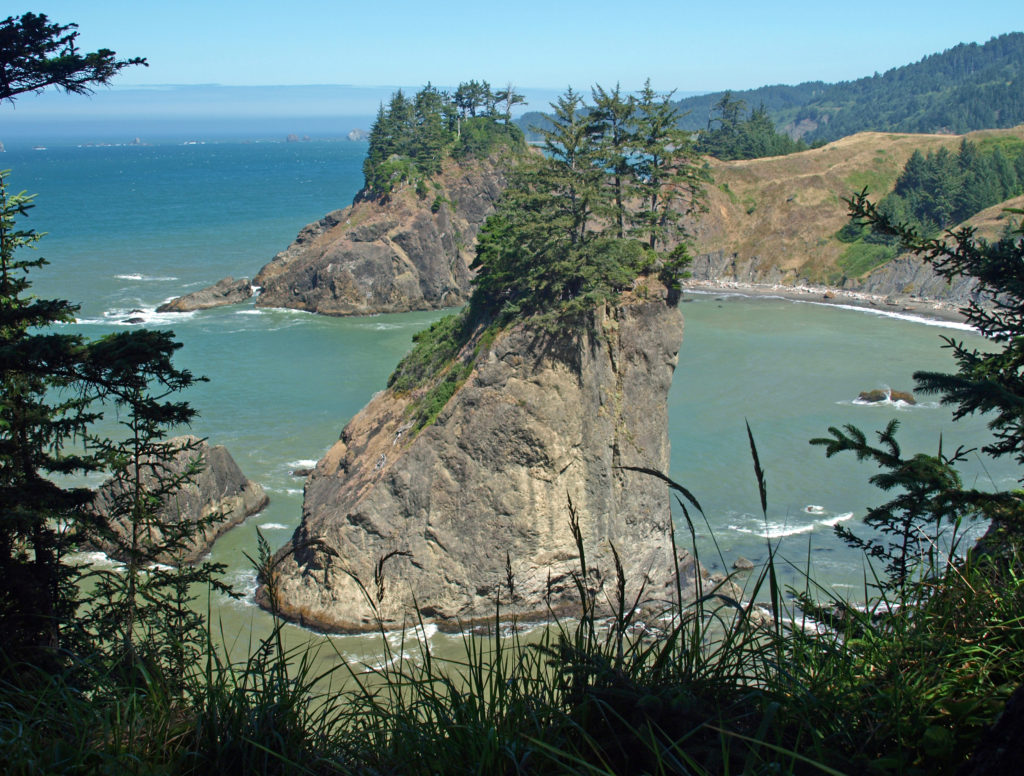
So, let’s go! We’ll travel north to south, but it works just as well in the other direction. In Gold Beach, start your day with a cup of coffee or espresso and a scone or maybe a breakfast burrito at First Chapter Coffee House. While you’re there, the attached bookstore and art gallery are worth a look – lots of used books, with a few old and rare volumes. (If you’re starting out in Brookings, try the Bell and Whistle Coffee House at the marina in Harbor, on the south side of the Chetco River.)
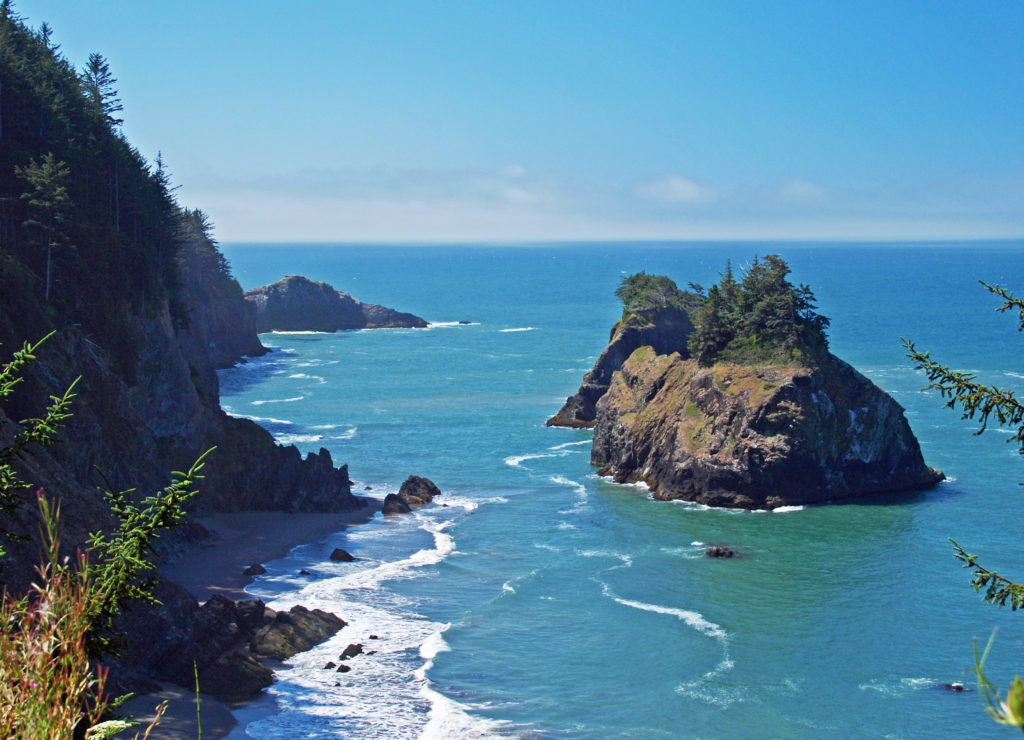
If you want to find information on the area, check out the Visit Gold Beach website. The Gold Beach Visitor’s Center at the south end of town is normally a good place to get info. There’s a friendly staff, free wi-fi, and a nice beach where they sometimes hide glass floats for visitors to find. It is open from 9am-3pm Wed-Sun. (If you’re traveling south to north, Travel Oregon’s Brookings Welcome Center, just north of the Oregon-California border, is a good place to get information. There’s also a nice beach there.The Travel Oregon wepage for Brookings is also a good resource.)
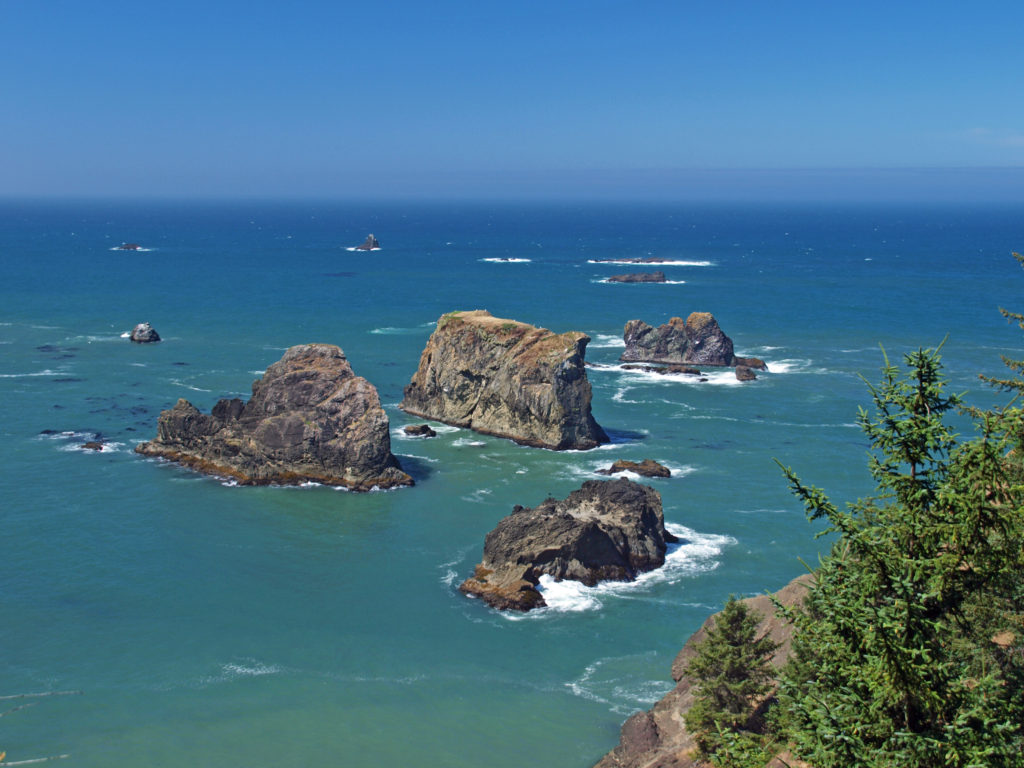
Traveling south from Gold Beach, your first stop should be at Cape Sebastian. Take a short hike there to a beautiful viewpoint. Then make another stop at Myers Creek Beach Viewpoint. There’s a nice beach there and good views of the Cape Sebastian headland, Hunters Cove and Hunters Island just offshore.
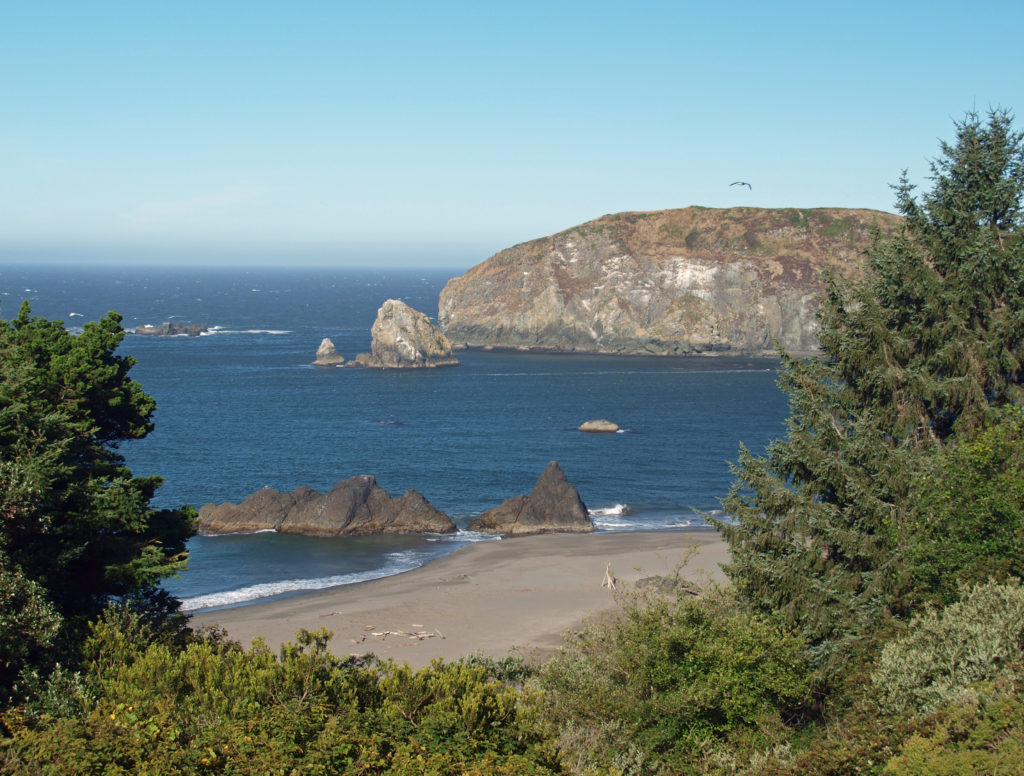
A little farther south is the Pistol River State Scenic Viewpoint with another nice beach and views of another, smaller headland and offshore rocks. Next up is Windy Point and Arch Rock. Windy Point is well named, but there are spectacular views to be seen there. A little south of Arch Rock is the Spruce Island Viewpoint. Then comes Secret Beach, which is not much of a secret anymore. Look for a small turnout with room for only a few cars. The trail to Secret Beach is short but steep and can be slippery if it’s wet. But Secret Beach is one of the more beautiful spots on this stretch of coast – definitely worth a stop if you can find it.
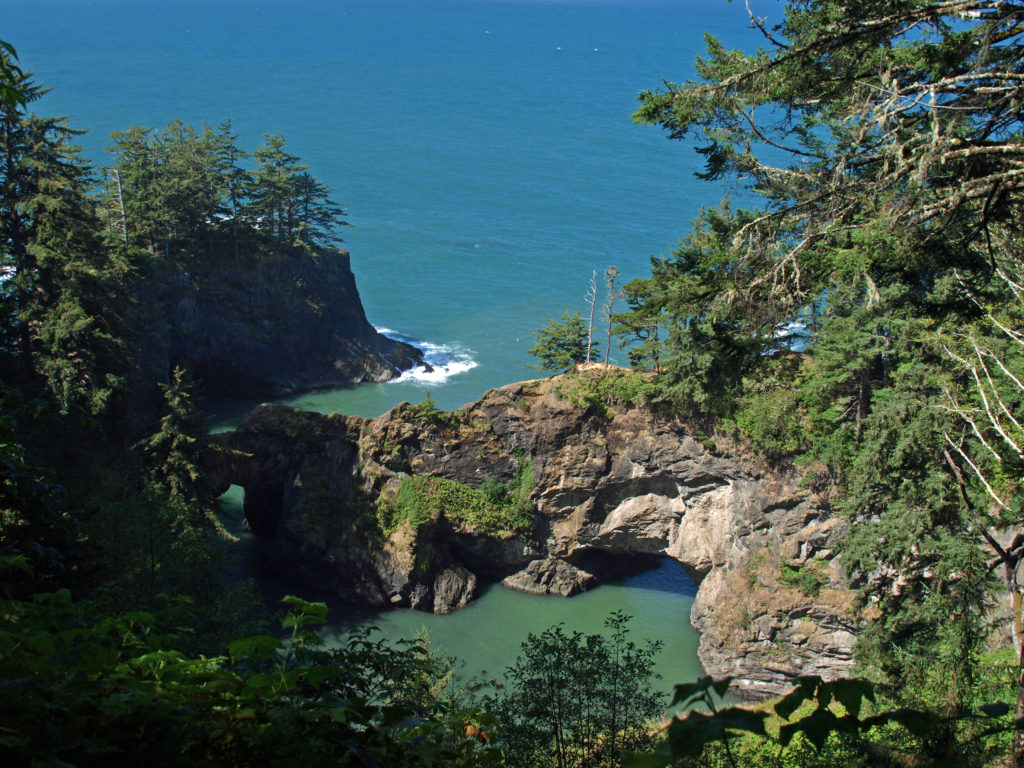
The next viewpoint to the south is Seal Cove, about a half mile south of Secret Beach. Just beyond Seal Cove comes Natural Bridges, and this is one you don’t want to miss. A short trail takes you to a spectacular viewpoint. Take your time, explore the area, and just take in the views. There are some steep, unmaintained trails beyond the viewing platform, and a side trail with a “trail closed” warning sign. The trail is not baracaded, though, and I walked beyond the sign for a ways before coming to a very steep descent that looked less than safe. If you’re both brave and foolhardy, it is possible to get to the top of the bridges. But I wouldn’t recommend trying.
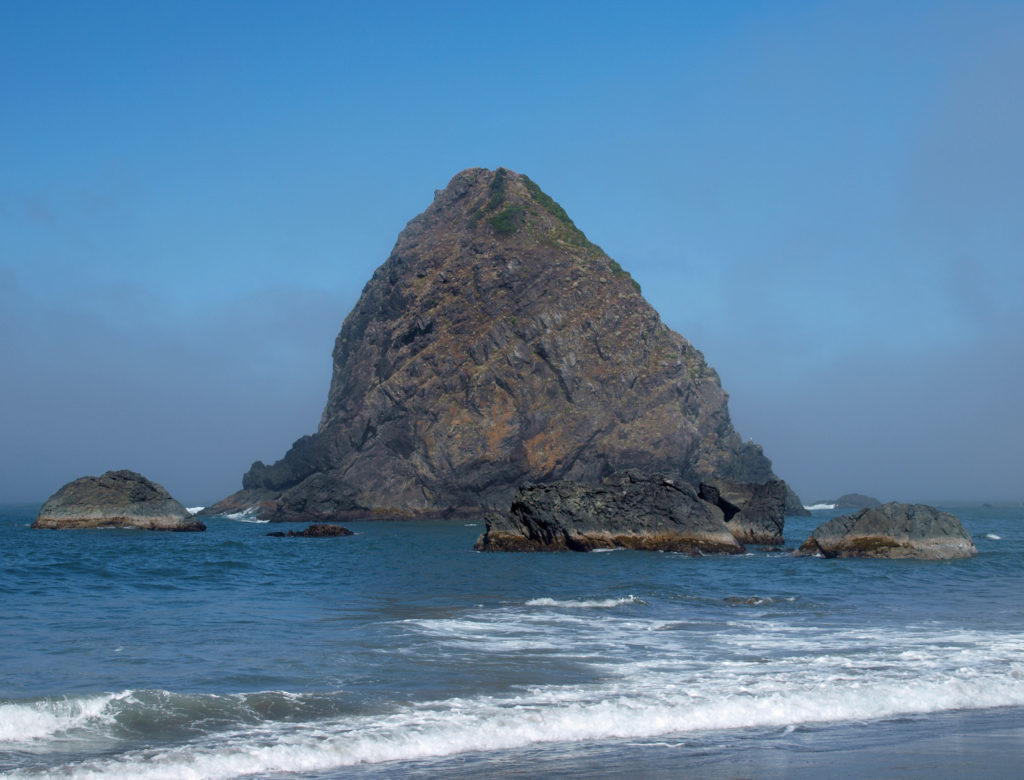
Hwy 101 crosses Thomas Creek a couple miles south of Natural Bridges. At 345 feet above the creek, the Thomas Creek Bridge is the highest in Oregon. It’s not the prettiest bridge on the coast by a long ways, but it’s impressively tall. There’s a short trail to a viewpoint. It’s worth a brief stop.
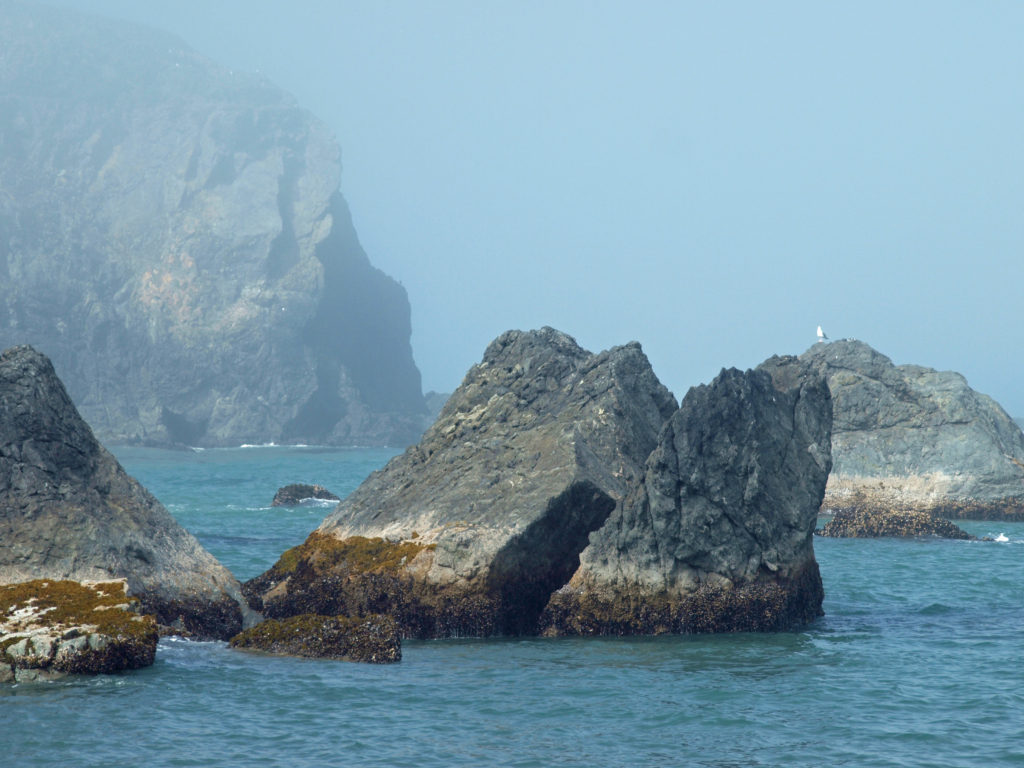
About a mile south of Thomas Creek you’ll come to a turnout with access to the Indian Sands Trail. This is one I haven’t done for some reason, but from the photos I’ve seen it looks like an interesting combination of sand dunes and rocky headland with at least one natural bridge. Next time I’m in the area I will definitely stop and explore this area.
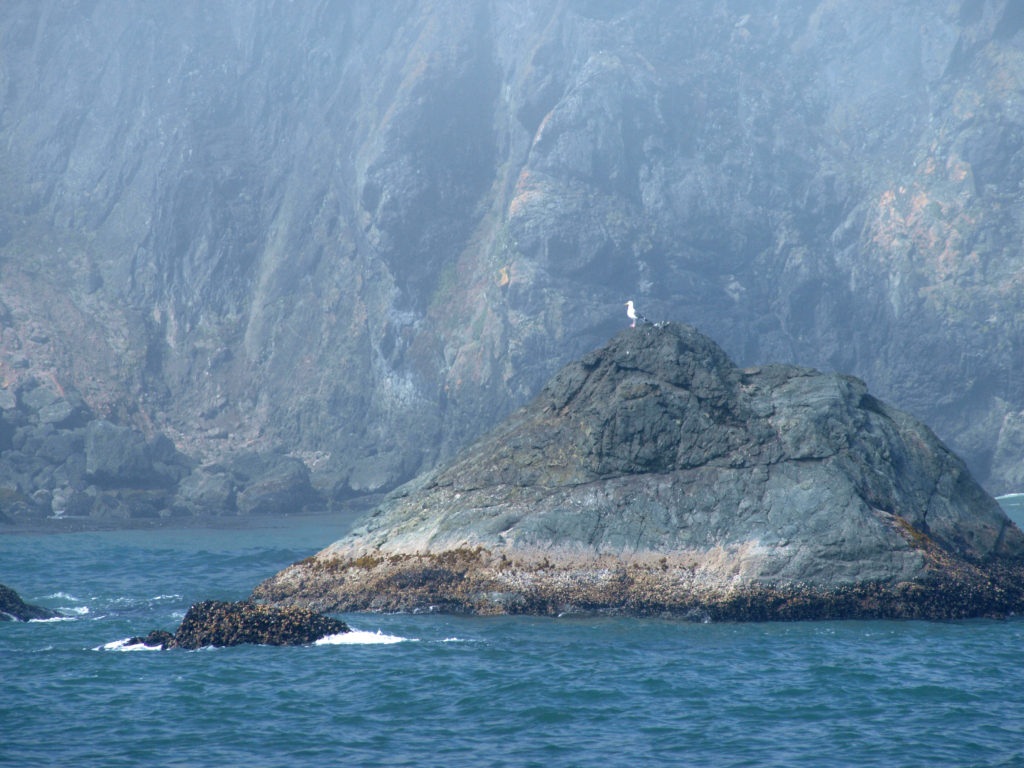
Whaleshead Beach is a place that I have visited a few times. There’s a large parking area and a few picnic tables – a nice place to have lunch. The road in is short, but a little rough. There’s a sign recommending four wheel drive, but there were plenty of two wheel drive cars in the parking lot the last time we were there, so you can safely ignore the sign, just take it slow. The last time we were there my wife and I spent a couple of hours just wandering up and down the beach taking photos. Fog drifted in and out and the sun broke through from time to time, the light changing from minute to minute. Very quiet, calm, and relaxing place. Nice views of the Whaleshead Island and the other offshore rocks, and the cliffs of Whaleshead just north of the beach, too.
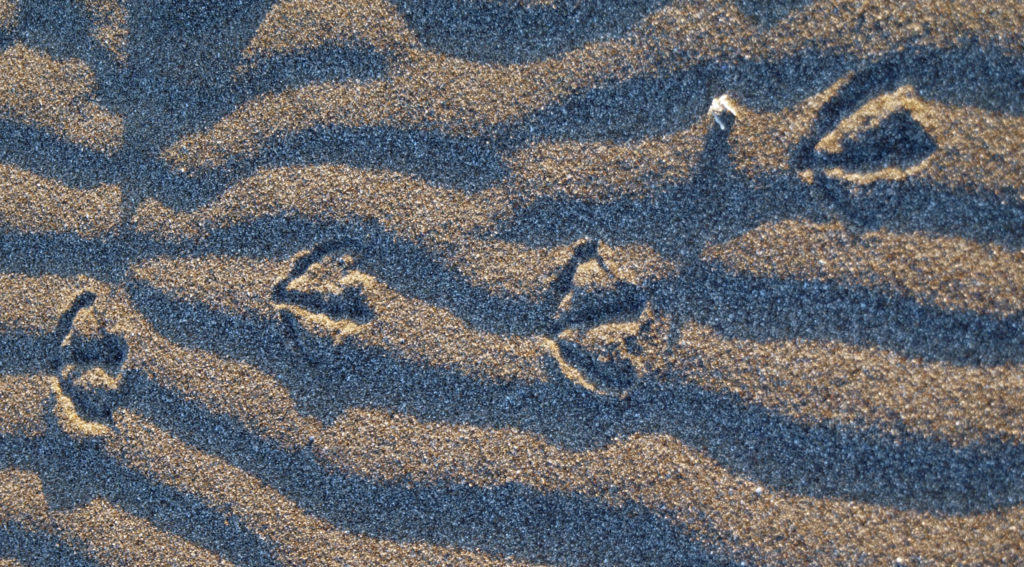
South of Whaleshead Beach you come to House Rock first, then Cape Ferrelo. Both have short trails and viewpoints worth checking out. Then, just north of Brookings, comes Harris Beach. There is a popular state park here with 150 campsites. Being right next to the large campground and on the outskirts of the town of Brookings, Harris Beach is often crowded. But it’s also one of the nicest beaches on the entire Oregon coast, so it’s worth spending some time there despite the crowds. In fact, it’s worth spending a lot of time there. There are actually three beaches, Harris Beach being the most northerly. The others are Rock Beach and South Beach. All are connected at low tide, and can be reached with a little scrambling at high tide.
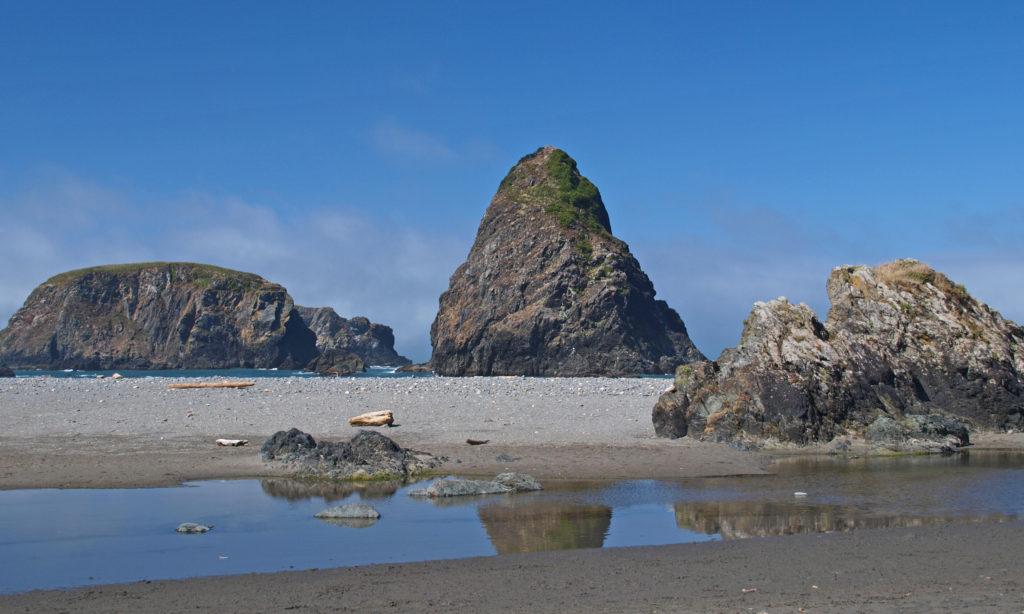 The towns of Brookings and Gold Beach that bookend this stretch of the coast aren’t the main attractions here, but they’re both worth spending a little time to explore at the end of the day. Brookings is the bigger town, with more to see and do. Gold Beach is smaller and quieter, with more of a lost-in-time vibe. Both have decent dining options. If you’re ending your day in Brookings, try Black Trumpet Bistro, Superfly, or Oxenfre Public House for dinner. Chetco Brewing Company has a good selection of beers and there’s a vegan food truck there. In Gold Beach, try Barnacle Bistro, Port Hole Cafe or The Crow’s Nest.
The towns of Brookings and Gold Beach that bookend this stretch of the coast aren’t the main attractions here, but they’re both worth spending a little time to explore at the end of the day. Brookings is the bigger town, with more to see and do. Gold Beach is smaller and quieter, with more of a lost-in-time vibe. Both have decent dining options. If you’re ending your day in Brookings, try Black Trumpet Bistro, Superfly, or Oxenfre Public House for dinner. Chetco Brewing Company has a good selection of beers and there’s a vegan food truck there. In Gold Beach, try Barnacle Bistro, Port Hole Cafe or The Crow’s Nest.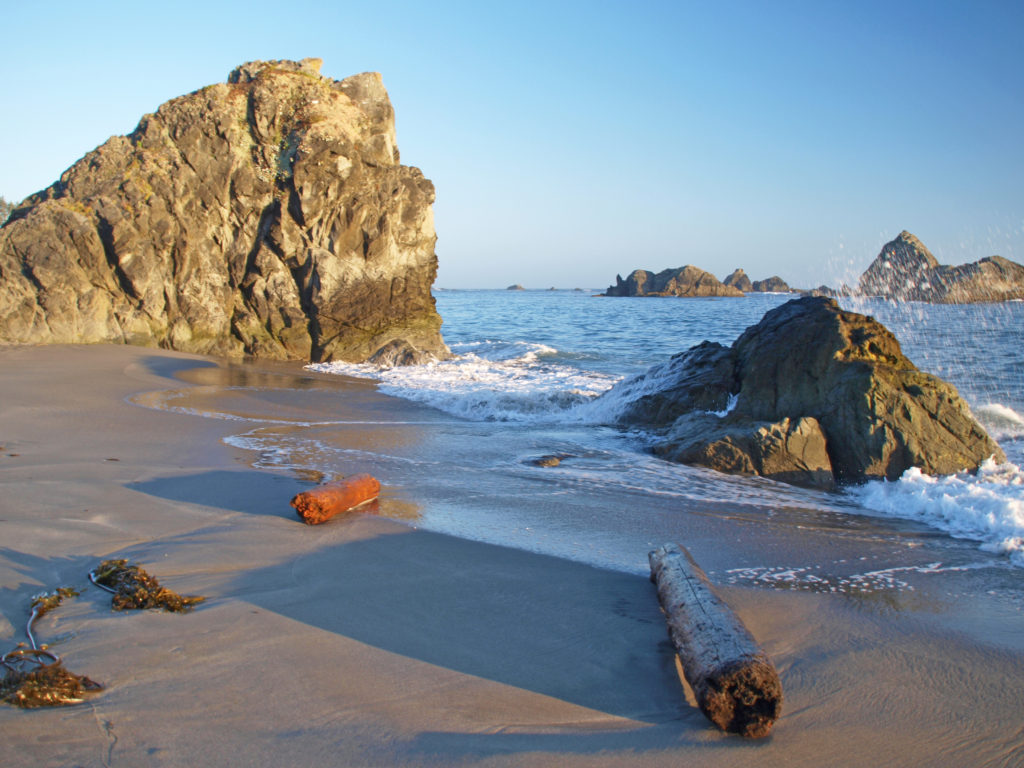
Accommodations in the area range from typical small town motels for under $100 per night to the world class TuTuTun Lodge on the north bank of the Rogue River in Gold Beach ($295 and up in the summer). There are numerous RV parks in both towns. Besides Harris Beach, there are campgrounds at Humbug Mountain State Park (39 RV and 56 tent sites) on Hwy 101 about 20 miles north of Gold Beach, and Loeb State Park, (48 sites with water and electricity) about five miles east of Brookings on the Chetco River.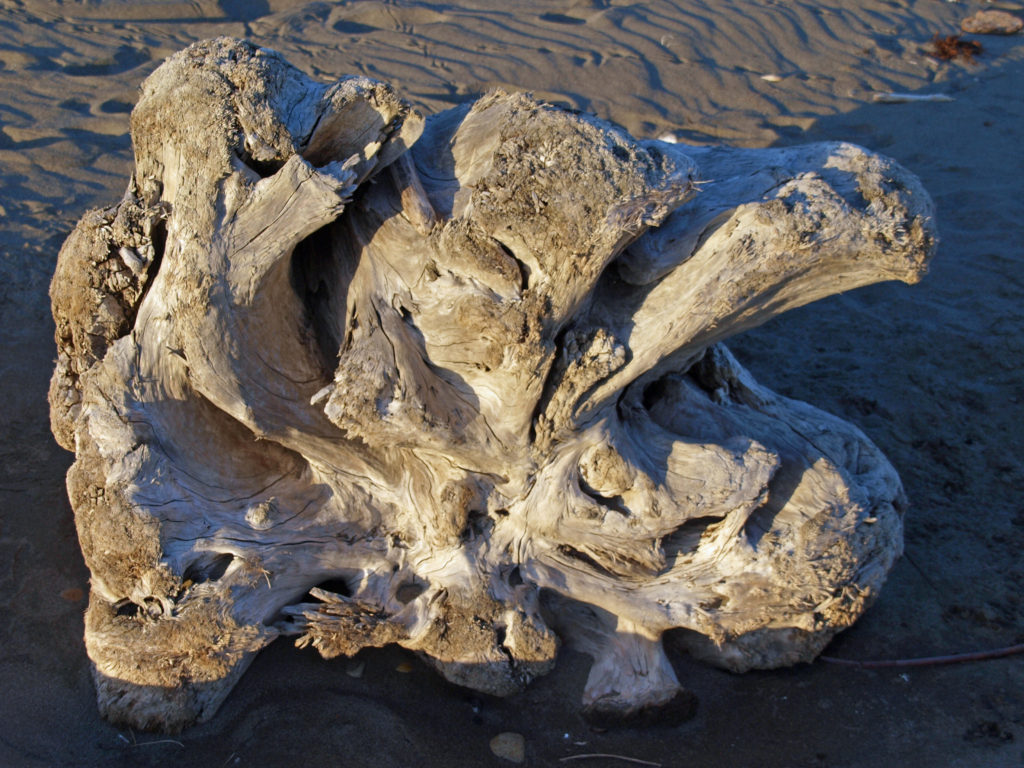
The Southern Oregon Coast is truly an unspoiled gem. It’s an all day drive from Portland or San Francisco, but the reward is one of the Pacific coast’s, if not the world’s, most spectacular shorelines. And since you’re in the area, the town of Bandon, about 50 miles north of Gold beach, and the magnificent Redwoods of the northern California coast are well worth exploring, as well.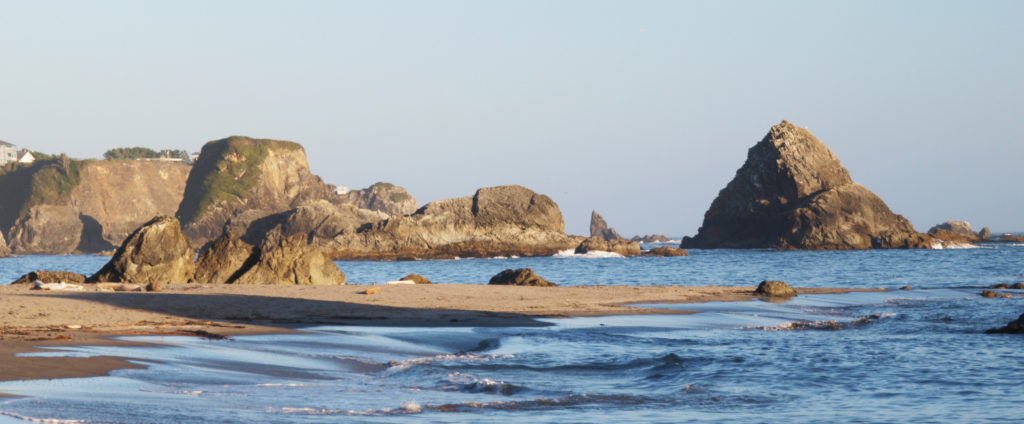
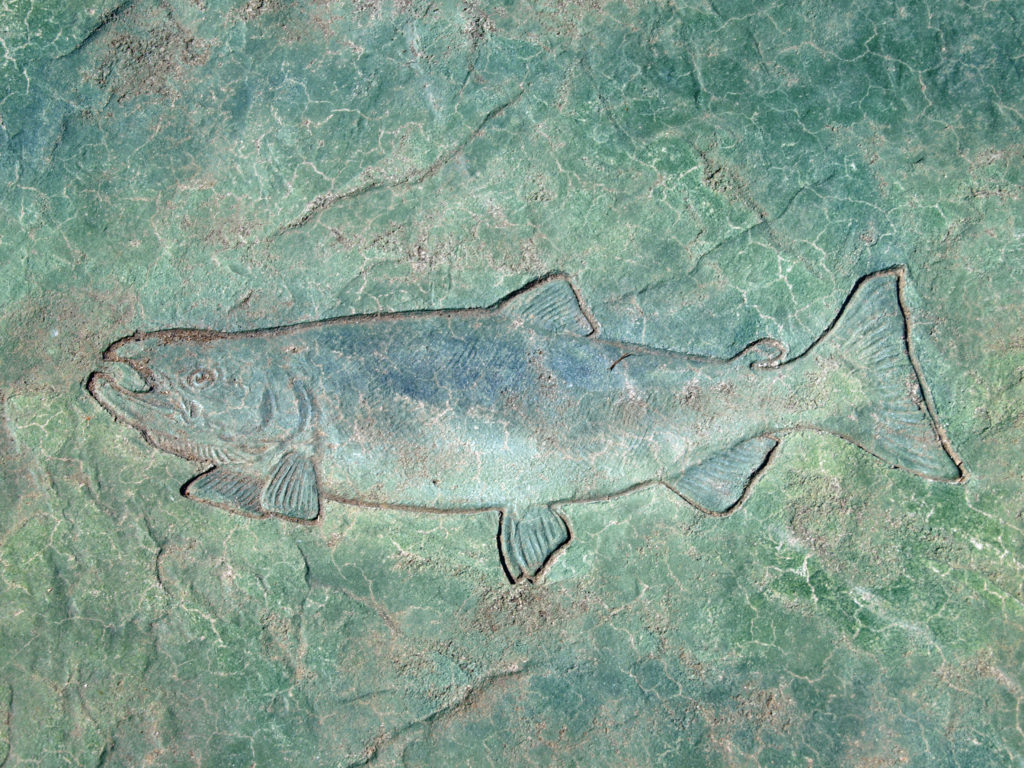
Originally posted Jan. 17, 2019. Updated February 3, 2021 and October 15, 2022.
All photos ©Alan K. Lee
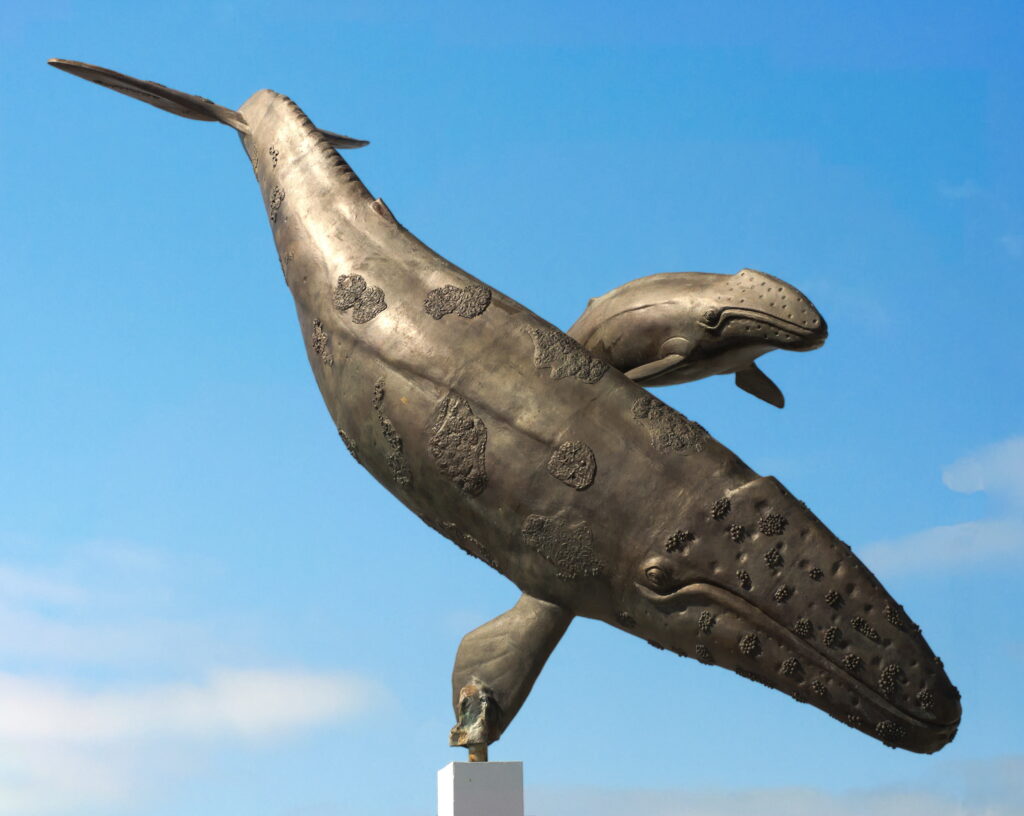
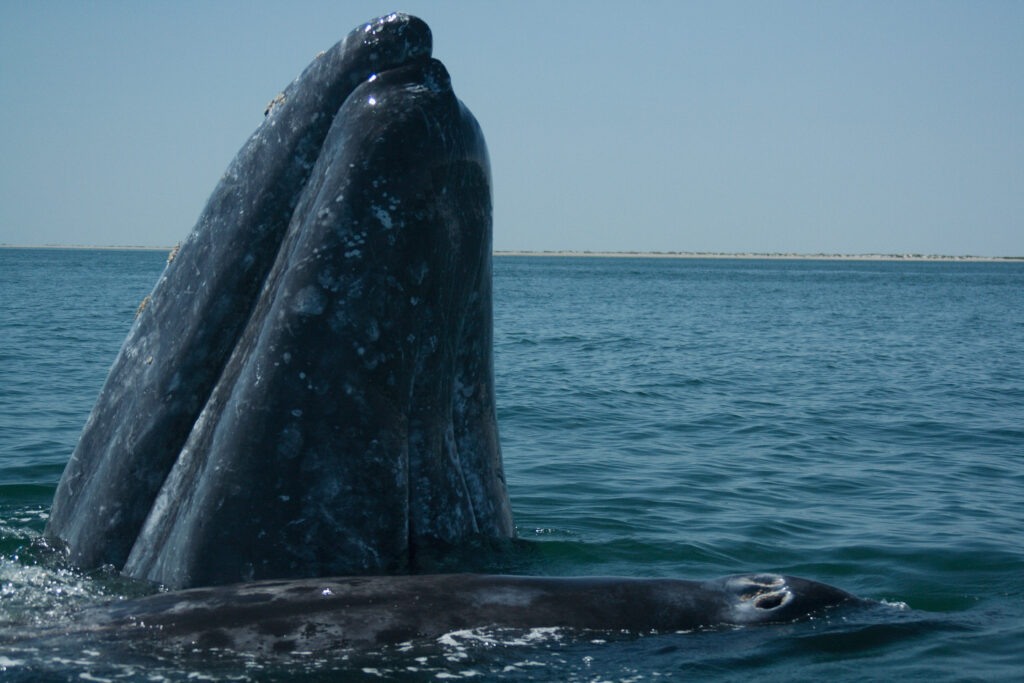
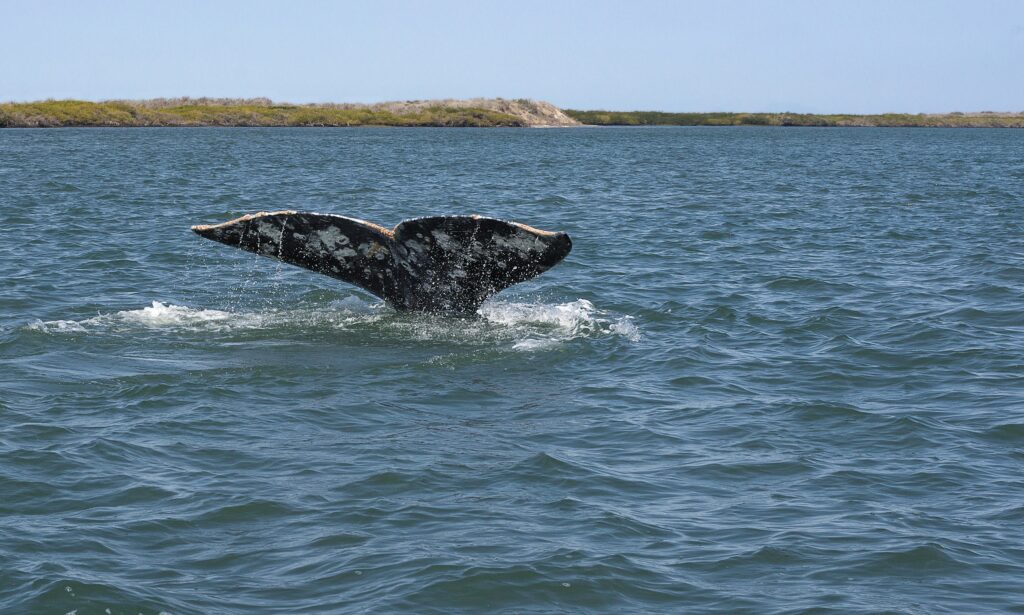
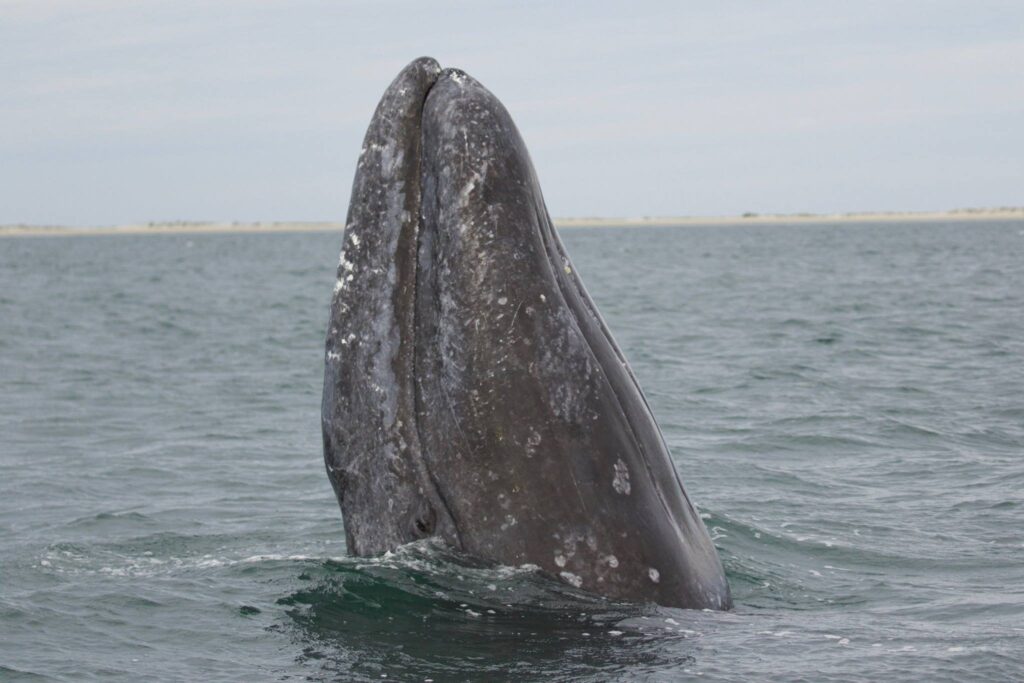
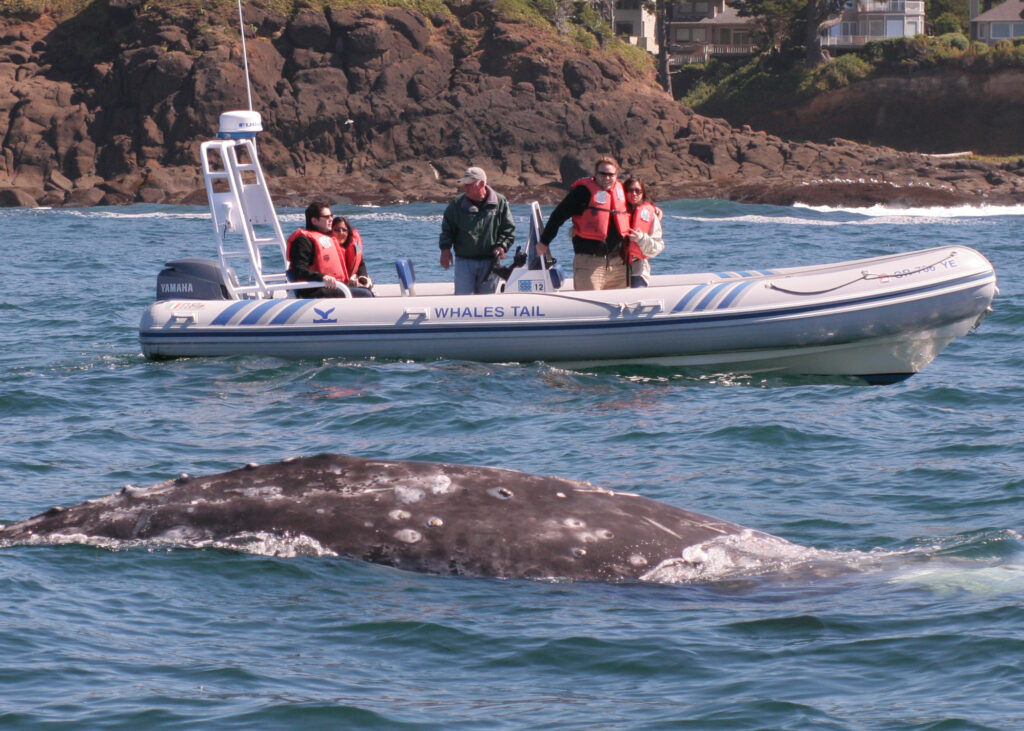
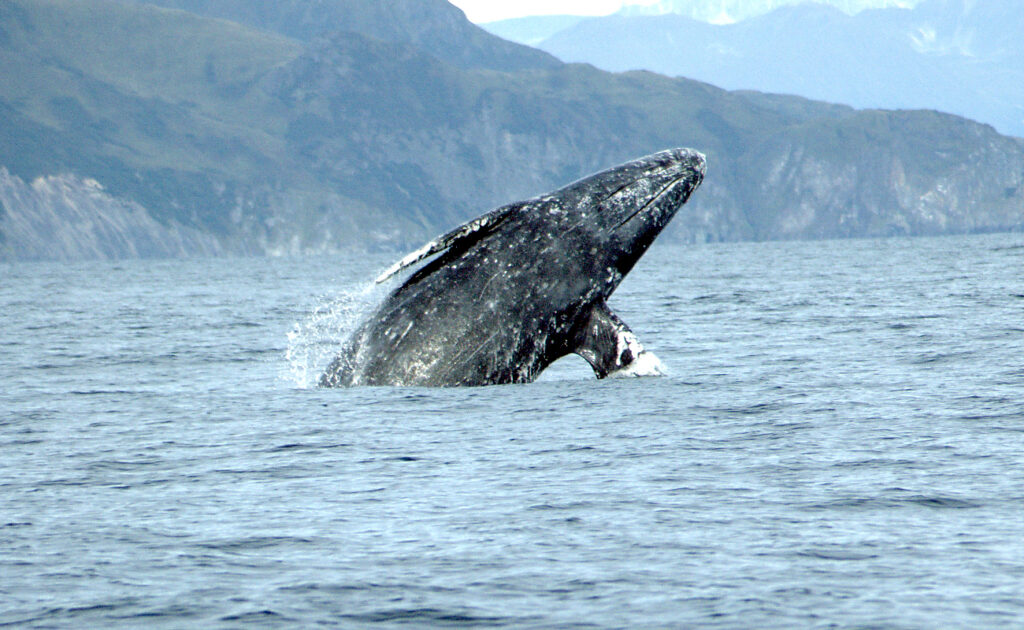
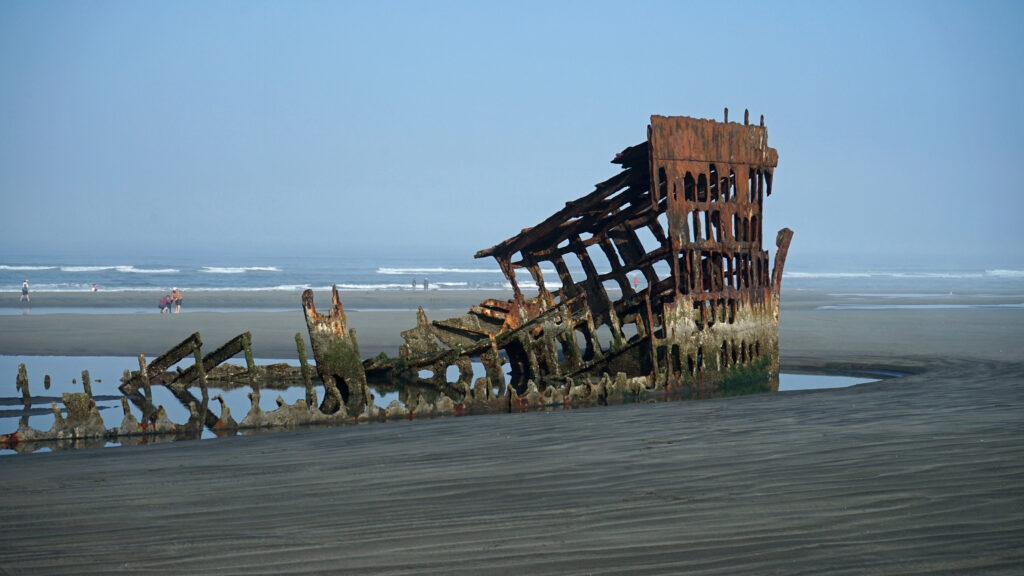
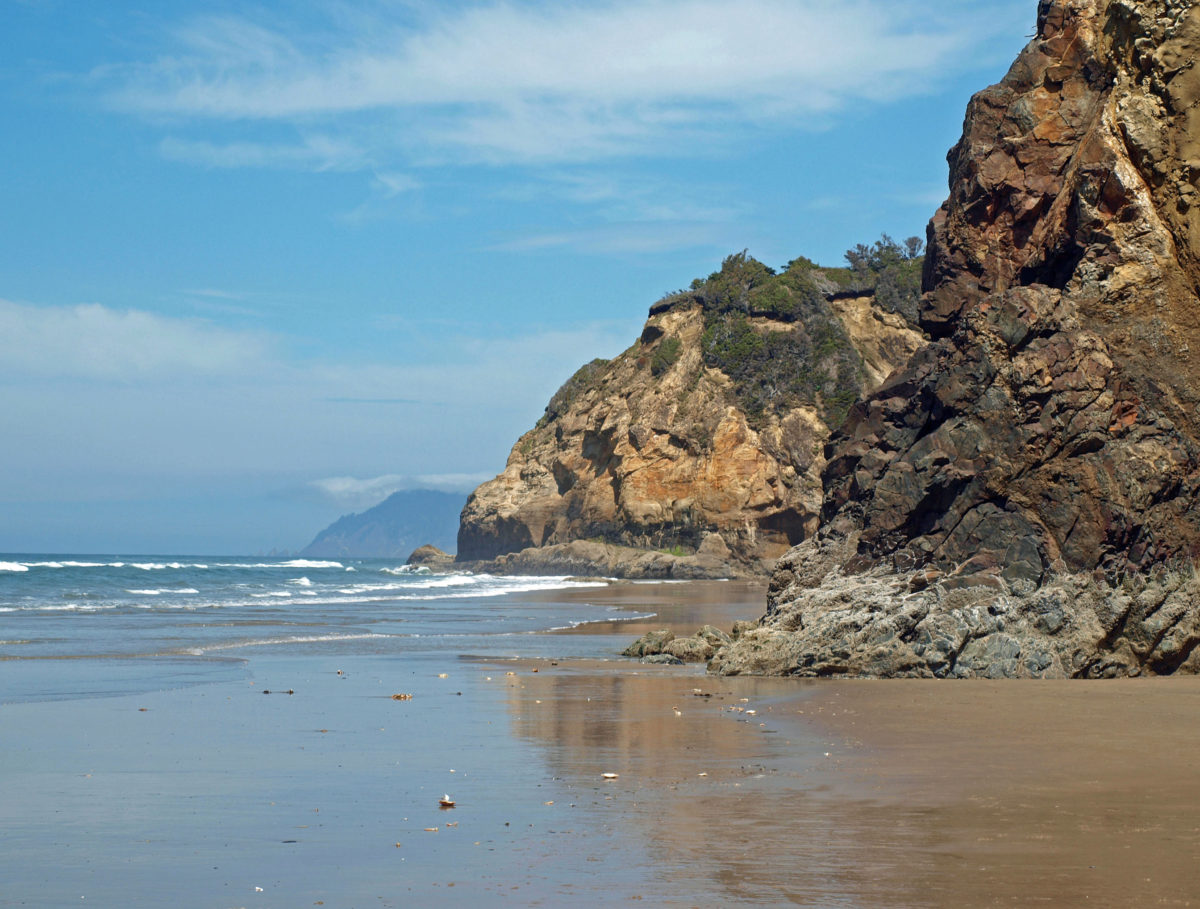
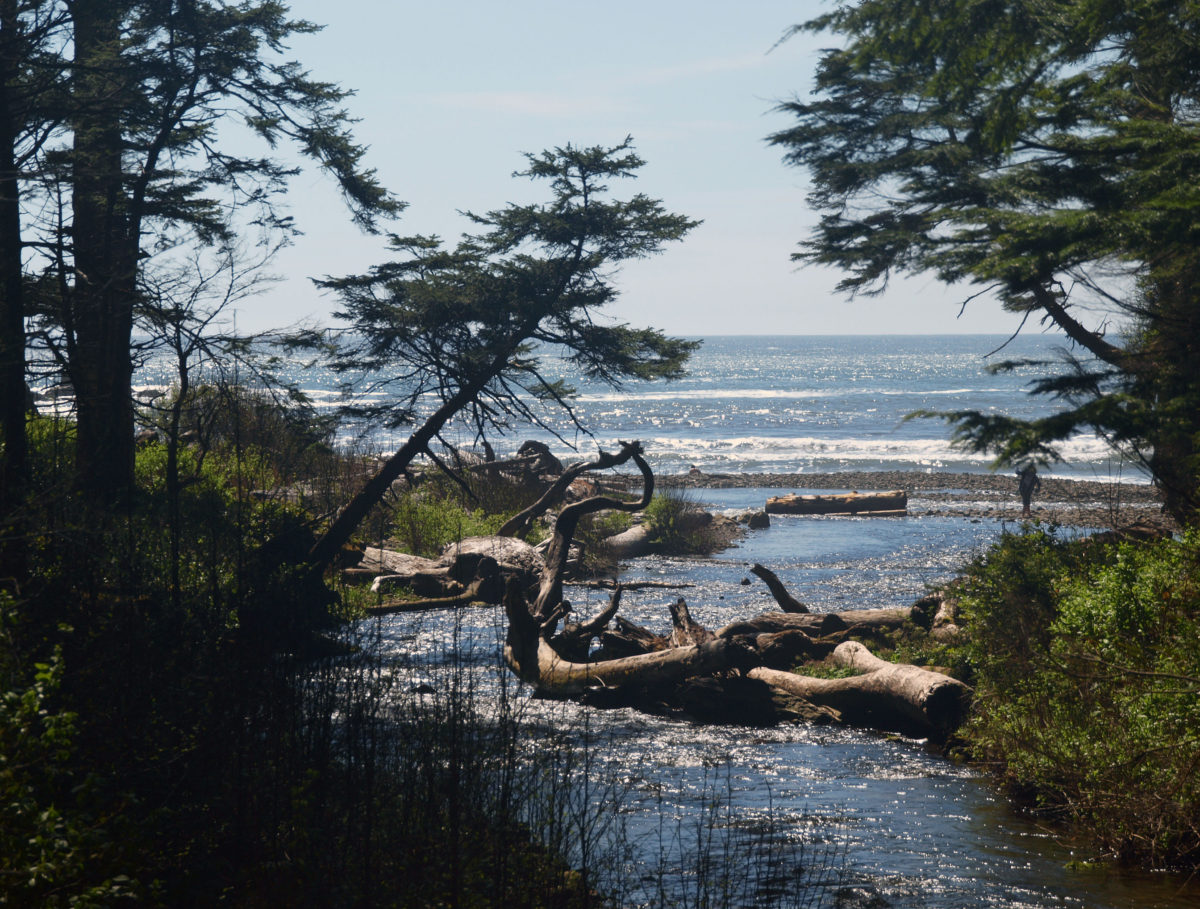
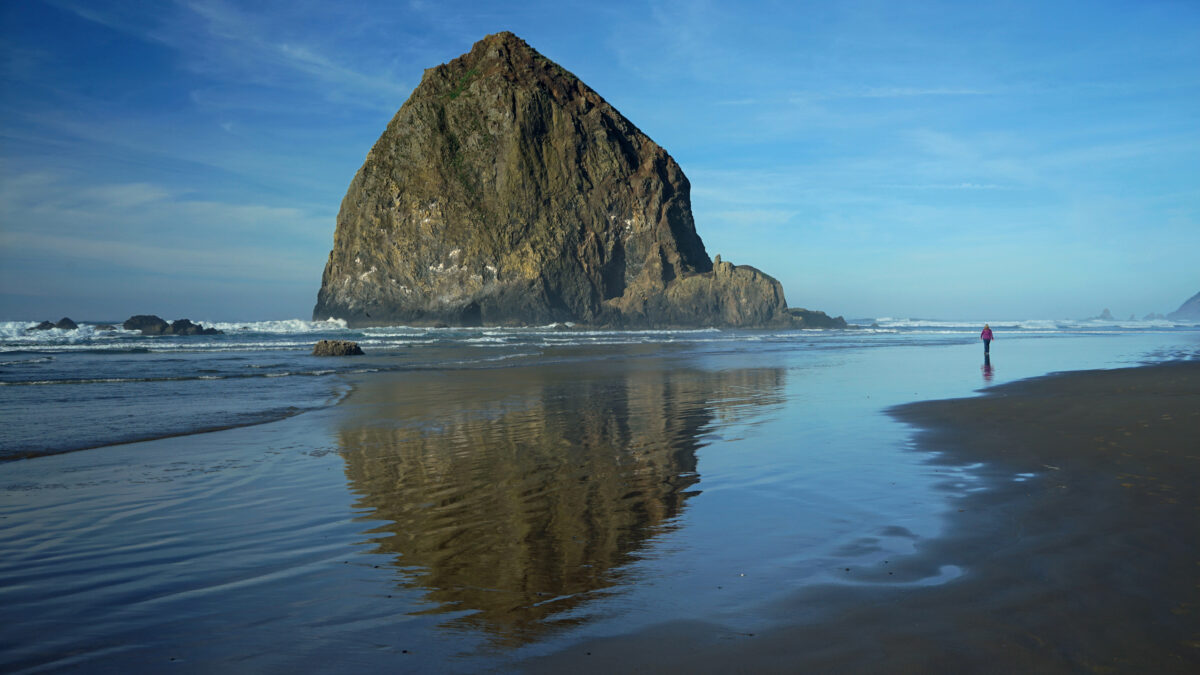
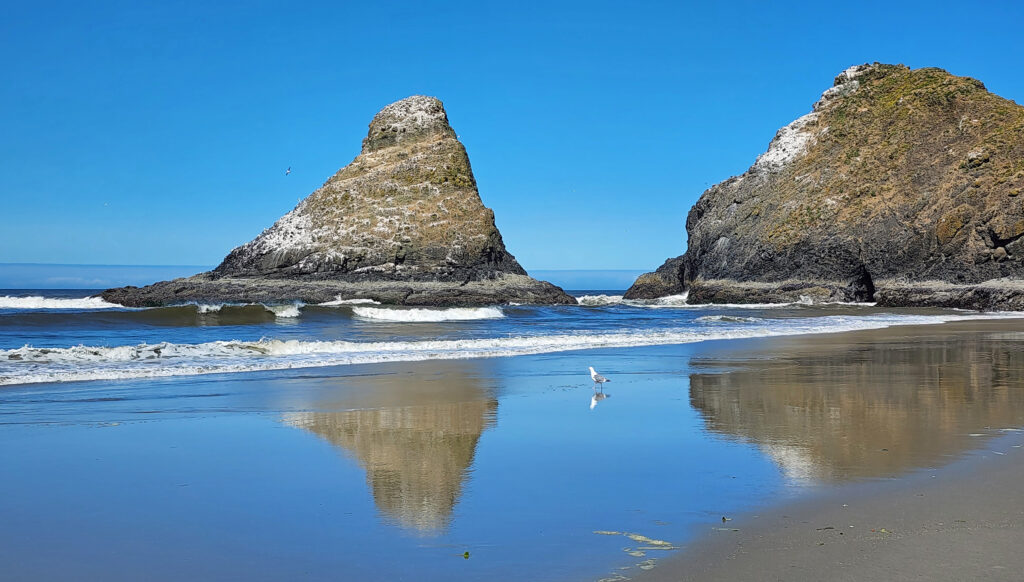
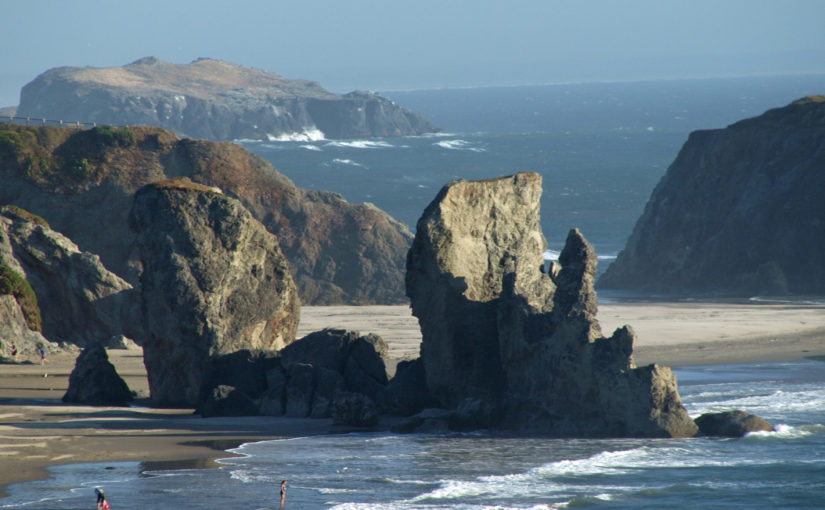


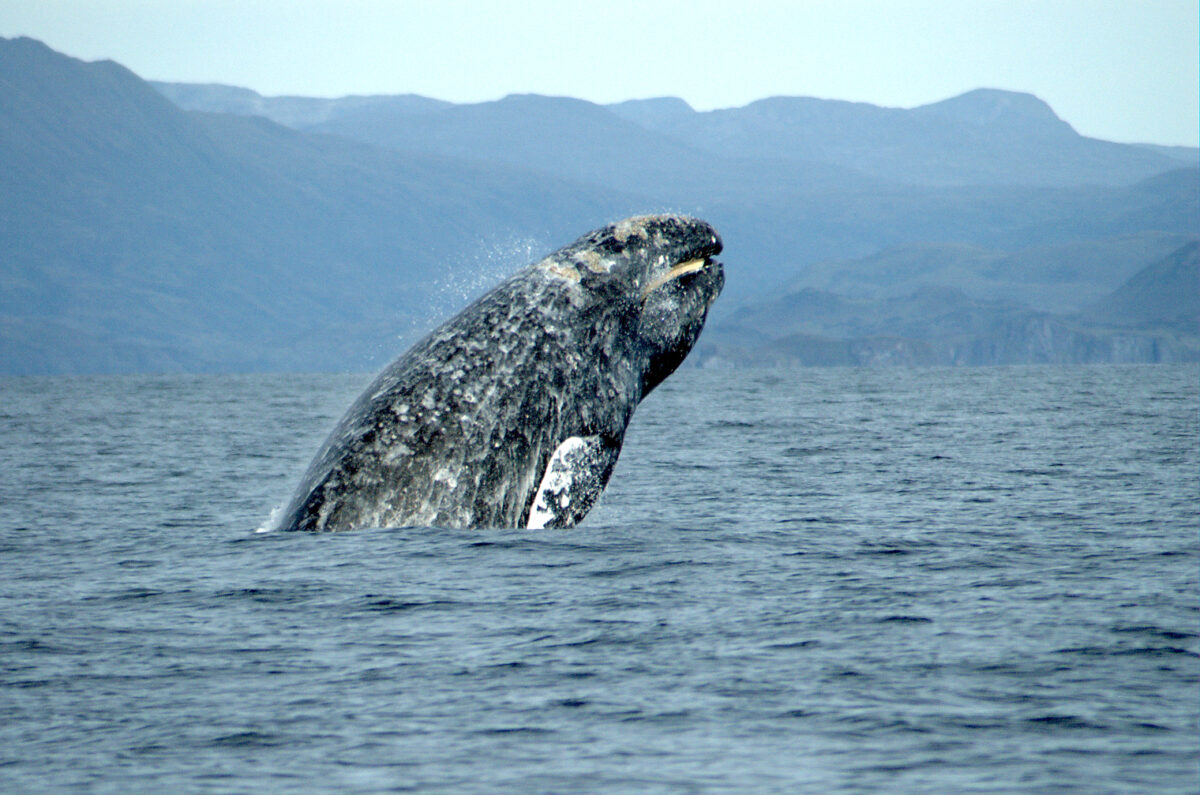
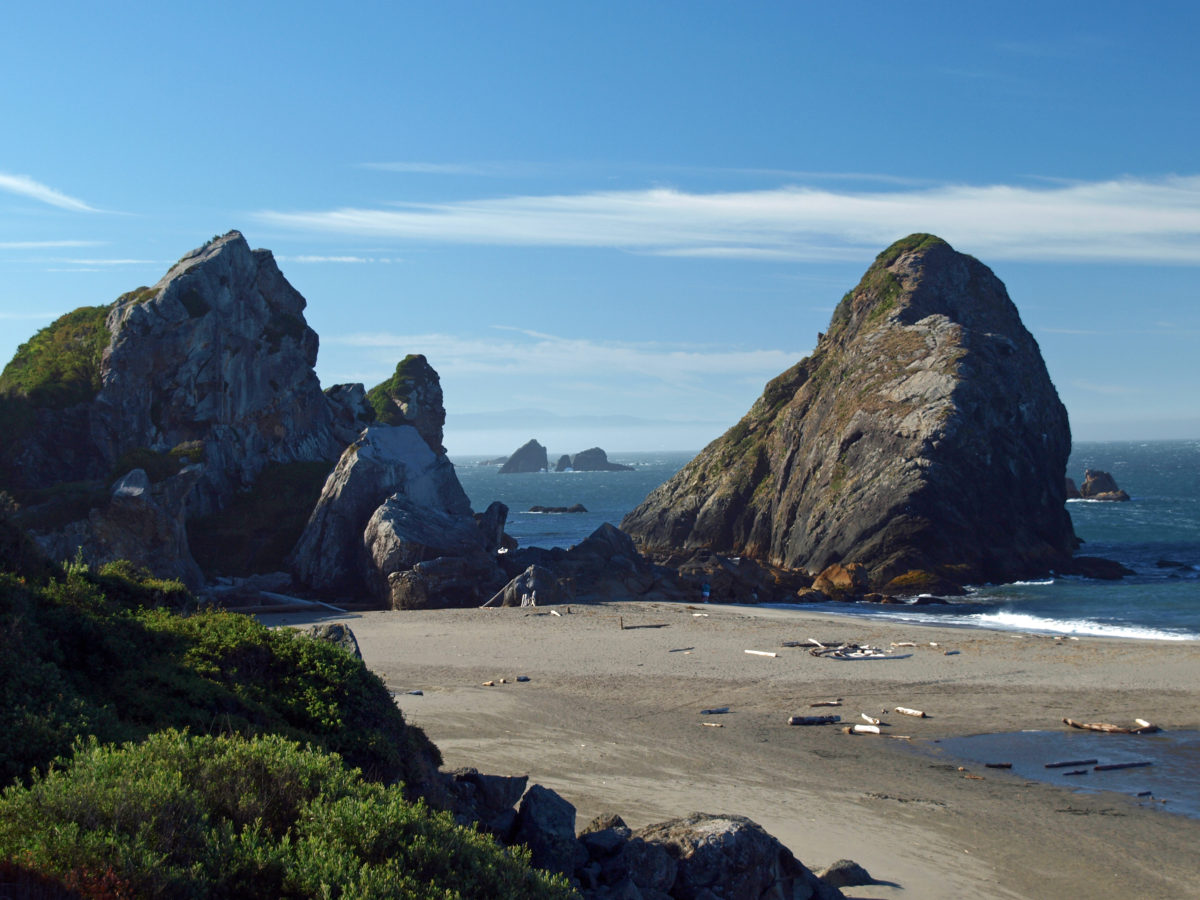









 The towns of Brookings and Gold Beach that bookend this stretch of the coast aren’t the main attractions here, but they’re both worth spending a little time to explore at the end of the day. Brookings is the bigger town, with more to see and do. Gold Beach is smaller and quieter, with more of a lost-in-time vibe. Both have decent dining options. If you’re ending your day in Brookings, try Black Trumpet Bistro, Superfly, or Oxenfre Public House for dinner. Chetco Brewing Company has a good selection of beers and there’s a vegan food truck there. In Gold Beach, try Barnacle Bistro, Port Hole Cafe or The Crow’s Nest.
The towns of Brookings and Gold Beach that bookend this stretch of the coast aren’t the main attractions here, but they’re both worth spending a little time to explore at the end of the day. Brookings is the bigger town, with more to see and do. Gold Beach is smaller and quieter, with more of a lost-in-time vibe. Both have decent dining options. If you’re ending your day in Brookings, try Black Trumpet Bistro, Superfly, or Oxenfre Public House for dinner. Chetco Brewing Company has a good selection of beers and there’s a vegan food truck there. In Gold Beach, try Barnacle Bistro, Port Hole Cafe or The Crow’s Nest.


